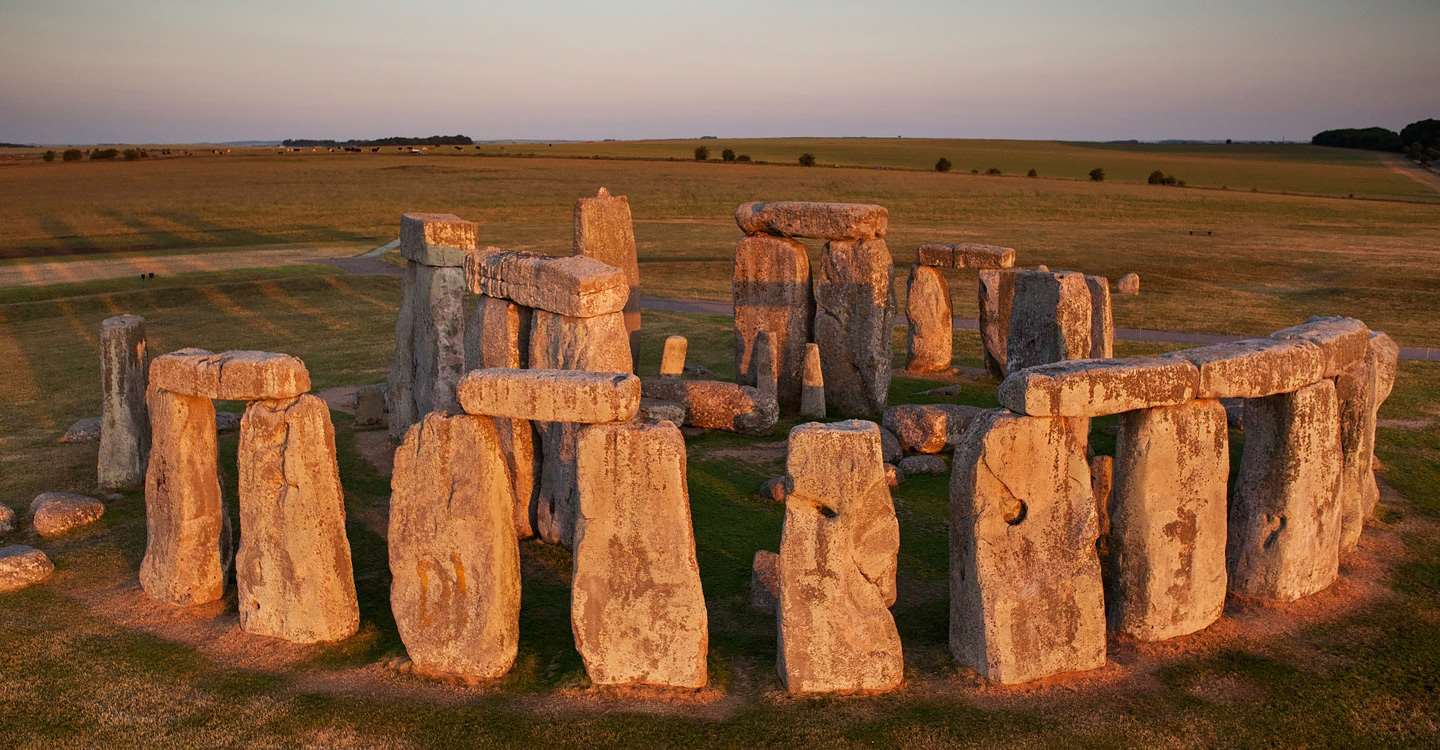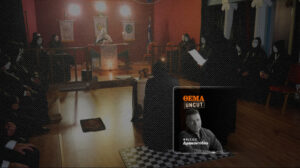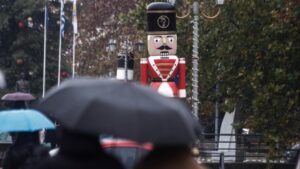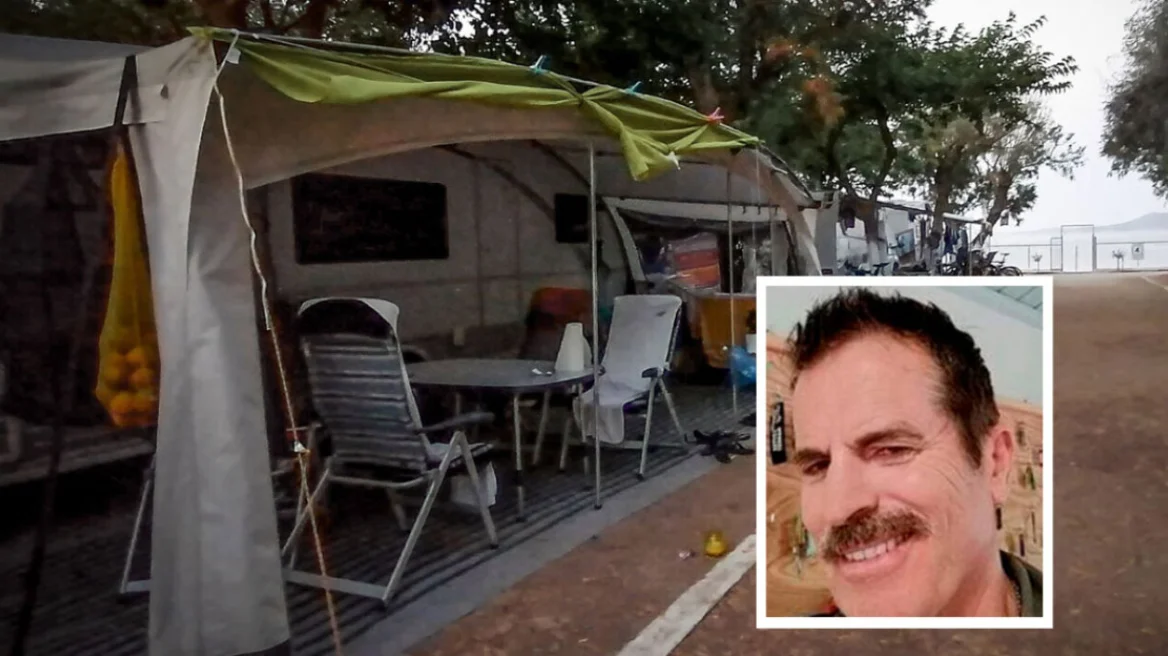The act of building Stonehenge may have been as important a ceremony to its ancient creators as the use of the finished stone circle, experts have said.
Following the discovery of feasting at the nearby Durrington Walls settlement, which attracted people from across the country to help build the neolithic monument, English Heritage has looked again at theories of how it was built.
The discovery, along with a shift in archaeological thinking on the process of monument construction and evidence from societies that more recently practiced stone-moving ceremonies, has led English Heritage to conclude that building the monument was important ceremonially and cause for celebration.
The construction, drawing people from long distances to take part and holding ceremonial feasts for them, could have demonstrated the power of the community to outsiders, they suggest.
The announcement comes as English Heritage hosts events to celebrate 100 years since the monument was donated to the nation, including inviting the public – for the first time at the site – to help move and raise a four-tonne stone.
English Heritage senior historian Susan Greaney said:
In contemporary Western culture, we are always striving to make things as easy and quick as possible, but we believe that for the builders of Stonehenge this may not have been the case.
Drawing a large number of people from far and wide to take part in the process of building was potentially a powerful tool in demonstrating the strength of the community to outsiders.
Being able to welcome and reward these people who had travelled far, perhaps as a kind of pilgrimage, with ceremonial feasts, could be a further expression of the power and position of the community.
She said pictures from 1915 of a stone-pulling ceremony on Nias in Indonesia showed people in ceremonial dress ” reveling” in the task of moving monoliths by hand, and taking part in feasts and dances.
As soon as you abandon modern preconceptions which assume Neolithic people would have sought the most efficient way of building Stonehenge, questions like why the bluestones were brought from so far away – the Preseli Hills of South Wales – don’t seem quite so perplexing.
The stone-moving event using rollers and ropes will give visitors to Stonehenge a chance to consider what was needed to build the monument, and allow experts to test how important group co-operation would have been.
Over this weekend, groups of around 40 to 50 people will be tasked with moving the stone, which is around the same weight and size as the Stonehenge bluestones, along the ground before helping erect it into a pre-dug hole, while on Tuesday children from local schools will be taking the ropes.
Stonehenge was donated to the nation in 1918 by owners Cecil and Mary Chubb.
Mr Chubb had bought the then-neglected monument on impulse at an auction three years earlier having been sent there by his wife to bid for a set of dining room chairs.
Source: indy100
Ask me anything
Explore related questions





